当前位置:网站首页>Graph traversal - BFS, DFS
Graph traversal - BFS, DFS
2022-04-23 20:46:00 【baboon_ chen】
List of articles
One 、 Depth-first search (Depth First Search,DFS)
The algorithm is similar to the preorder traversal of binary tree , The access operation is performed when a vertex is passed for the first time , And record that the vertex has been accessed . The specific steps are as follows :
- Set the pointer p, Point to the top v.
- visit p Pointed vertex , And make p Points to a vertex that is adjacent to it and has not been accessed .
- If p The pointed vertex exists , Then repeat the steps (2), Otherwise, carry out the steps (4).
- Trace back to a vertex that has adjacent vertices and has not been visited in the order and direction just visited , And make p Point to this vertex . Then repeat the steps (2), Until all vertices are accessed .
Suppose there is a diagram as follows :
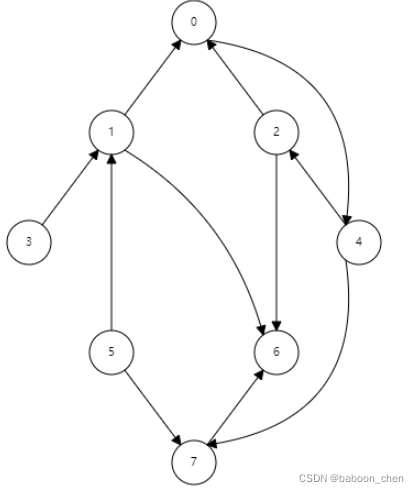
The data format of adjacency table is expressed as :

Assuming that the 0 Start traversing the vertices , Then the traversal node is :
0 4 2 6 7
// Other vertices from 0 I can't get to , Because the vertex 0 They are not accessible through directed edges .
// Print other vertices if necessary , Just add a cycle .
Sample code
#include <iostream>
#include <vector>
#include <queue>
using namespace std;
#define MAX_NODE 20 // The maximum number of vertices in a graph
struct ArcNode // The table node adjacent to the linked list
{
int adjVex; // adjacent vertex The vertex sequence number of the adjacent vertex
double weight; // The weight of the arc
struct ArcNode* nextNode; // Point to the next adjacent vertex
};
struct AdjHead // Adjacent to the head node of the linked list
{
int data; // Data represented by vertices , Use a number to represent
struct ArcNode* firstNode; // Point to the first adjacent vertex
};
using AdjList = vector<AdjHead>; // Adjacency list
struct Graph
{
int vNum; // The number of vertices in a graph
AdjList adjList;
};
int visited[MAX_NODE] = {0}; // Record whether the vertices in the graph have been accessed
// Breadth First Search
void BFS(const Graph& g)
{
int visited[MAX_NODE] = {0}; // Record whether the vertices in the graph have been accessed
queue<int> q; // Create a queue
for (int i = 0; i < g.vNum; i++) {
if (visited[i] == 0) { // The vertices i Not visited
q.push(i);
cout << i << " ";
visited[i] = 1; // The vertices i Mark as visited
while(!q.empty()) { // If the queue is not empty , Then continue to take the vertex for BFS
int k = q.front();
q.pop();
ArcNode* n = g.adjList[k].firstNode;
while(n != nullptr) { // Check all and vertices k The adjacency vertex of
int j = n->adjVex;
if (visited[j] == 0) { // If adjacent vertices j Not visited , take j Join the queue
q.push(j);
cout << j << " ";
visited[j] = 1;
}
n = n->nextNode;
}
}
}
}
}
int main()
{
AdjList adjList;
adjList.resize(MAX_NODE);
ArcNode n1{4, 1.0, nullptr};
ArcNode n2{6, 1.0, nullptr};
ArcNode n3{0, 1.0, &n2};
ArcNode n4{6, 1.0, nullptr};
ArcNode n5{0, 1.0, &n4};
ArcNode n6{1, 1.0, nullptr};
ArcNode n7{7, 1.0, nullptr};
ArcNode n8{2, 1.0, &n7};
ArcNode n9{7, 1.0, nullptr};
ArcNode n10{1, 1.0, &n9};
ArcNode n11{6, 1.0, nullptr};
adjList[0] = AdjHead{0, &n1};
adjList[1] = AdjHead{1, &n3};
adjList[2] = AdjHead{2, &n5};
adjList[3] = AdjHead{3, &n6};
adjList[4] = AdjHead{4, &n8};
adjList[5] = AdjHead{5, &n10};
adjList[7] = AdjHead{7, &n11};
Graph g{8, move(adjList)};
DFS(g, 0);
//BFS(g);
return 0;
}
Algorithm complexity
The process of depth first traversing a graph is essentially the process of finding its adjacent nodes for a vertex , The time it takes depends on the storage structure . When a graph is represented by an adjacency matrix , The time needed to find the adjacency of all vertices is O(n2). When the adjacency table is used as the storage structure , The time complexity of depth first search traversal graph is O(n+e).
Two 、 Breadth first search (Breadth First Search,BFS)
Breadth first search method is : From a vertex in the graph v set out , During a visit to the v And then access v The adjacent points that have not been visited , Then access their adjacency points one by one from each of these adjacency points , And make
The adjacent point of the vertex accessed firstPrecedeThe adjacent point of the vertex to be accessed laterTo be accessed , Until the adjacent points of all accessed vertices in the graph are accessed . If there are still unreachable vertices , Select another vertex in the graph that has not been accessed as the starting point , Repeat the process , Until all vertices in the graph are accessed .
Sample code
// Depth First Search
void DFS(const Graph& g, int i) {
cout << i << " "; // The access number is i The summit of
visited[i] = 1; // The tag has been accessed
ArcNode* n = g.adjList[i].firstNode; // Take the top i The first adjacent vertex of
while (n != nullptr) { // Check all and i A vertex adjacent to a vertex
int j = n->adjVex;
if (visited[j] == 0) { // If the vertex j Not visited , From the vertex j Set out for DFS
DFS(g, j);
}
n = n->nextNode; // Continue to traverse the next adjacent vertex
}
}
The output is :
0 4 2 7 6 1 3 5
Algorithm complexity
The process of traversing a graph is essentially the process of finding adjacent nodes through edges or arcs , because
BFSAndDFSThe algorithm time complexity of traversing the graph is the same , The only difference is that the order of access to vertices is different .
版权声明
本文为[baboon_ chen]所创,转载请带上原文链接,感谢
https://yzsam.com/2022/04/202204210546350755.html
边栏推荐
- Leetcode 994, rotten orange
- 一些接地气的话儿
- "Meta function" of tidb 6.0: what is placement rules in SQL?
- On IRP from the perspective of source code
- GO语言开发天天生鲜项目第三天 案例-新闻发布系统二
- Case of the third day of go language development fresh every day project - news release system II
- MySQL进阶之常用函数
- Cmake project under vs2019: calculating binocular parallax using elas method
- bounding box iou
- MySQL 存储过程和函数
猜你喜欢
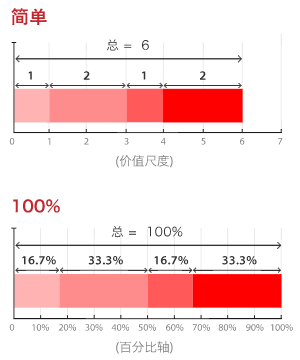
常用60类图表使用场景、制作工具推荐

Commande dos pour la pénétration de l'Intranet
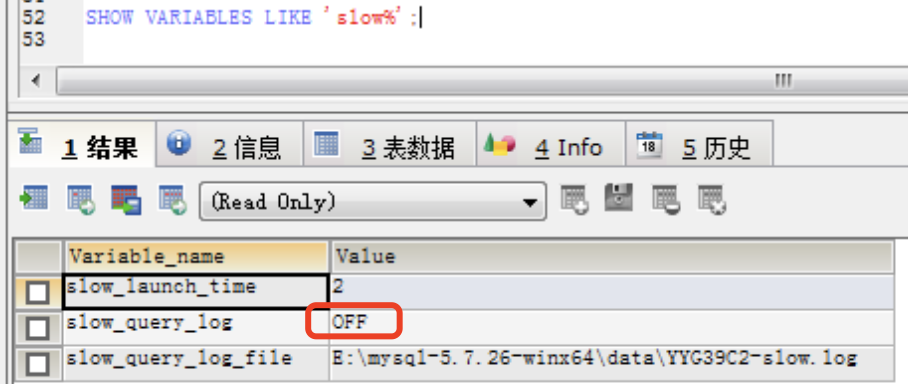
高薪程序员&面试题精讲系列91之Limit 20000加载很慢怎么解决?如何定位慢SQL?

How to use PM2 management application? Come in and see
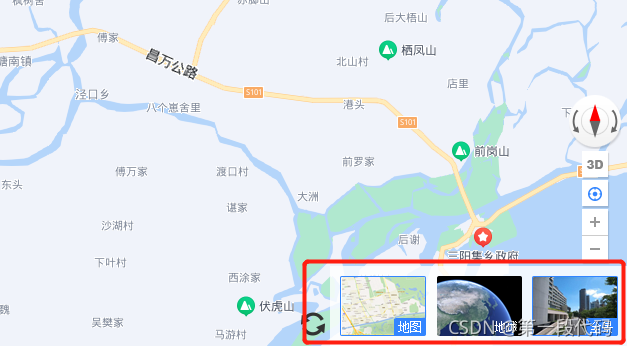
Imitation Baidu map realizes the three buttons to switch the map mode by automatically shrinking the bottom
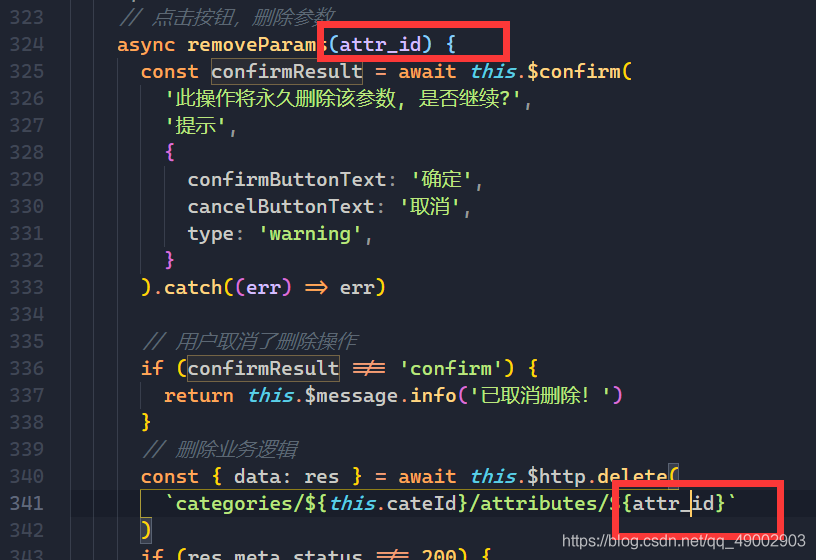
Resolve the error - error identifier 'attr_ id‘ is not in camel case camelcase

GO语言开发天天生鲜项目第三天 案例-新闻发布系统二
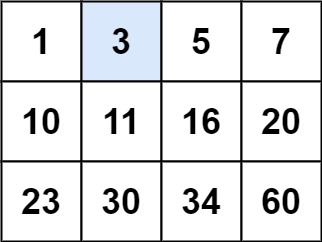
Leetcode 74. Search two-dimensional matrix

Rt-1052 learning notes - GPIO architecture analysis
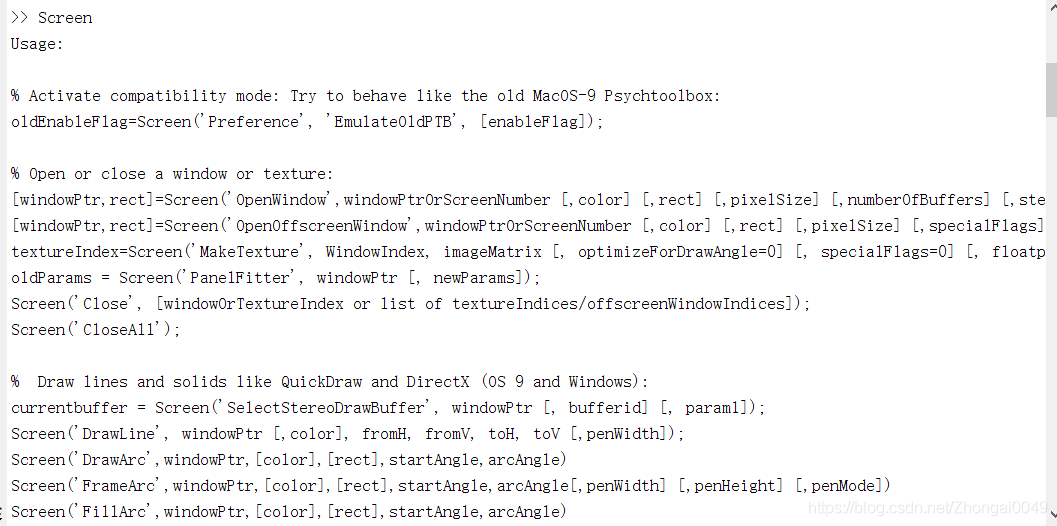
Matlab: psychtoolbox installation
随机推荐
Send email to laravel
[PTA] l1-006 continuity factor
Come in and teach you how to solve the problem of port occupation
The problem of 1 pixel border on the mobile terminal
Unity solves Z-fighting
setInterval、setTimeout、requestAnimationFrame
LeetCode 74、搜索二维矩阵
Lunch on the 23rd day at home
Scripy tutorial - (2) write a simple crawler
SQL: query duplicate data and delete duplicate data
MySQL advanced common functions
JS arrow function user and processing method of converting arrow function into ordinary function
LeetCode 232、用栈实现队列
Bracket matching -- [implementation of one-dimensional array]
Case of the third day of go language development fresh every day project - news release system II
内网渗透之DOS命令
GO語言開發天天生鮮項目第三天 案例-新聞發布系統二
LeetCode 116. Populate the next right node pointer for each node
Introduction to intrusion detection data set
常用60类图表使用场景、制作工具推荐